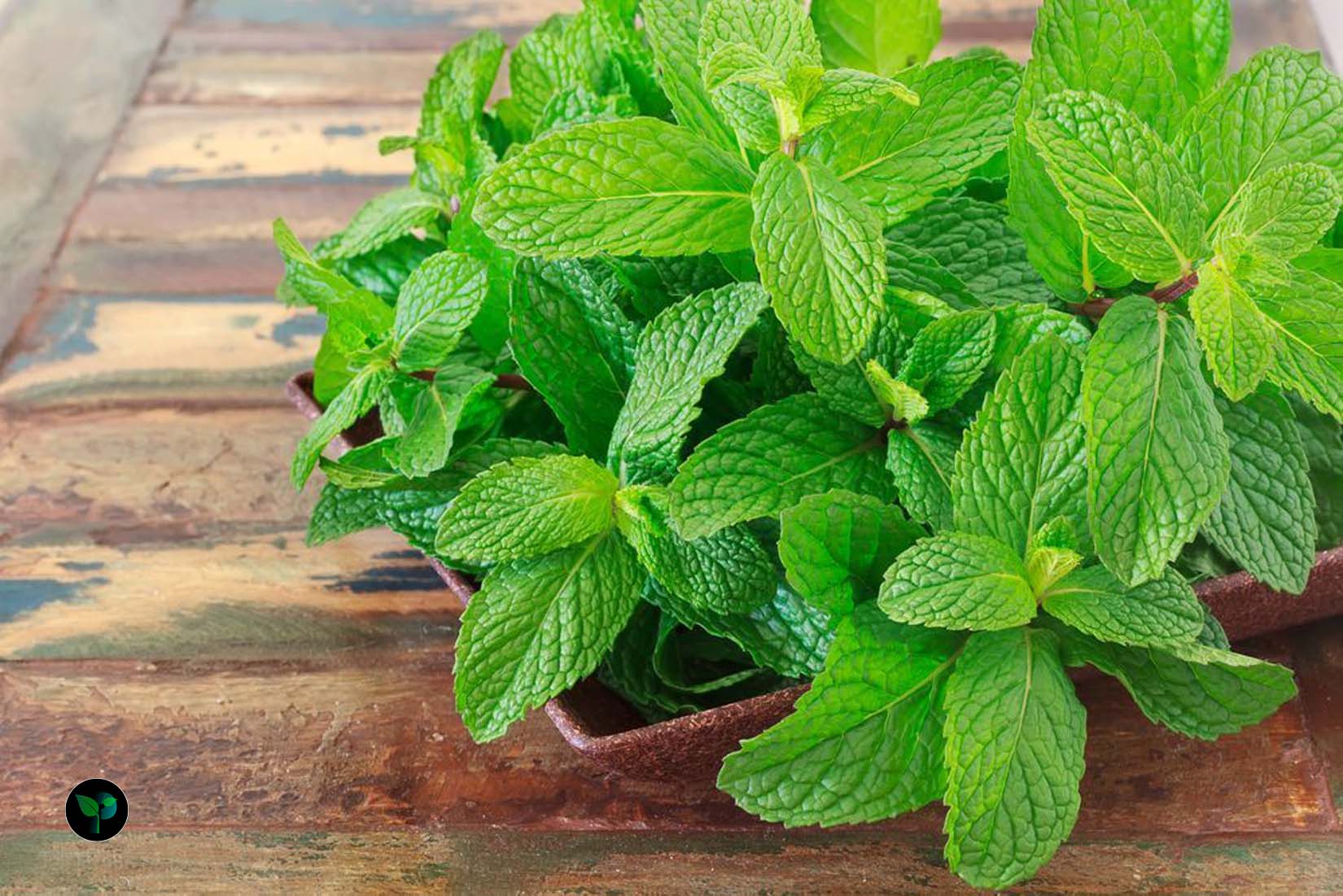Here’s a guide on how to grow mint indoors:
Choose Your Mint Variety
- Peppermint: The classic choice, strong flavor, good for teas and cocktails.
- Spearmint: Milder, sweeter flavor, good for desserts and salads.
- Chocolate Mint: Unique flavor with chocolate notes, good for desserts.
- Apple Mint: Fruity, refreshing flavor, good for beverages.
Container Selection
- Size: Choose a pot at least 12 inches wide and 12 inches deep.
- Drainage: Make sure the pot has drainage holes to prevent root rot.
- Material: Terracotta pots allow for good air circulation.
Soil
- Potting Mix: Use a well-draining potting mix specifically designed for herbs.
- pH: Mint prefers a slightly acidic soil with a pH of 6.0-6.5.
Location
- Sunlight: Mint needs at least 6 hours of bright, indirect sunlight per day. A south-facing window is ideal.
- Temperature: Mint thrives in warm temperatures (65-75°F).
- Humidity: Mint prefers a humid environment. You may need to mist your plant regularly or use a humidifier.
Planting
- Start from Seed: Mint seeds are tiny and slow to germinate. Start them indoors in a seed tray or propagator.
- Start from Cuttings: This is the easiest method. Take 4-inch cuttings from healthy mint stems and remove the bottom leaves. Dip the cut end in rooting hormone and plant in a pot of moistened potting mix.
- Start from Purchased Plant: If you’re starting from a plant, carefully remove it from its container and loosen the roots before planting it in your chosen pot.
Watering
- Consistency: Keep the soil moist but not soggy. Water when the top inch of soil feels dry.
- Drainage: Ensure excess water drains away.
Feeding
- Fertilizer: Feed your mint plant with a balanced liquid fertilizer diluted to half strength every 2-3 weeks during the growing season (spring and summer).
Pruning
- Regularly: Pinch off the top growth to encourage bushier growth and prevent the plant from getting leggy.
- Harvesting: Cut the stems for use when they reach a height of 4-6 inches. Cut above a leaf node to encourage new growth.
Winter Care
- Dormant Stage: Mint may go dormant in winter, meaning it will grow slower.
- Reduced Watering: Reduce watering during the dormant period.
Pest and Disease Control
- Aphids: Use a soapy water solution or neem oil to control aphids.
- Powdery Mildew: Improve air circulation and avoid overwatering to prevent powdery mildew.
Additional Tips:
- Mint’s Growth: Mint is a vigorous grower and can easily become invasive. Choose a pot that is large enough to contain its growth.
- Container Gardening: Use a container with a barrier (like plastic or metal) around the roots to prevent the mint from spreading beyond the pot.
- Companion Planting: Mint can be grown with other herbs like rosemary or sage, but it’s best to avoid planting it near other herbs with shallow roots.
Enjoy your fresh mint!




Leave a Reply